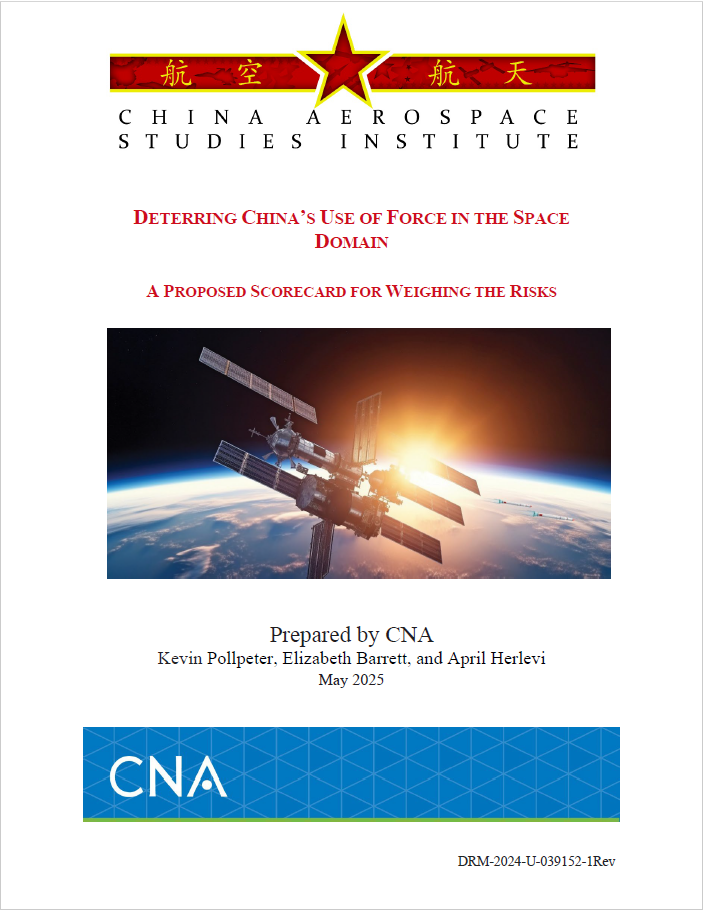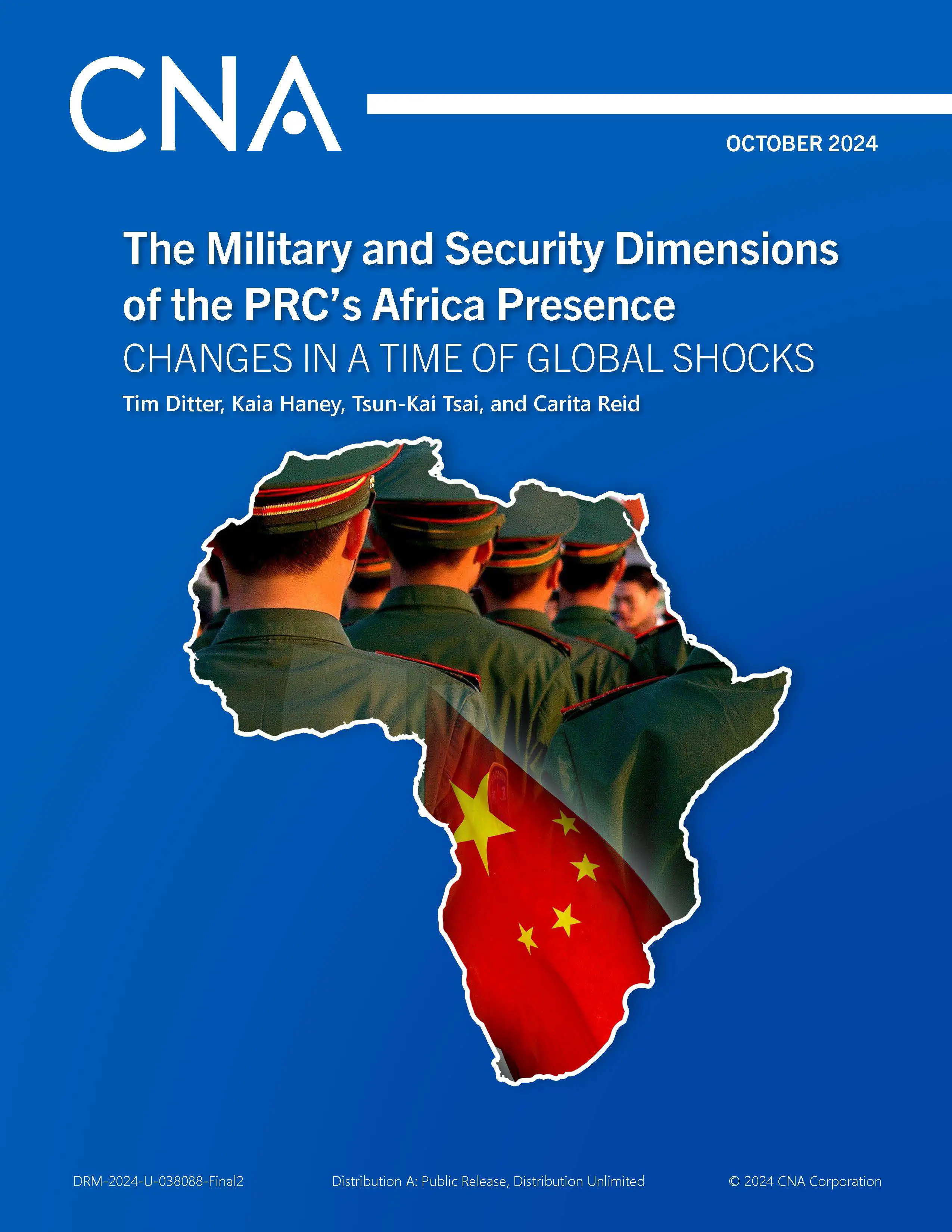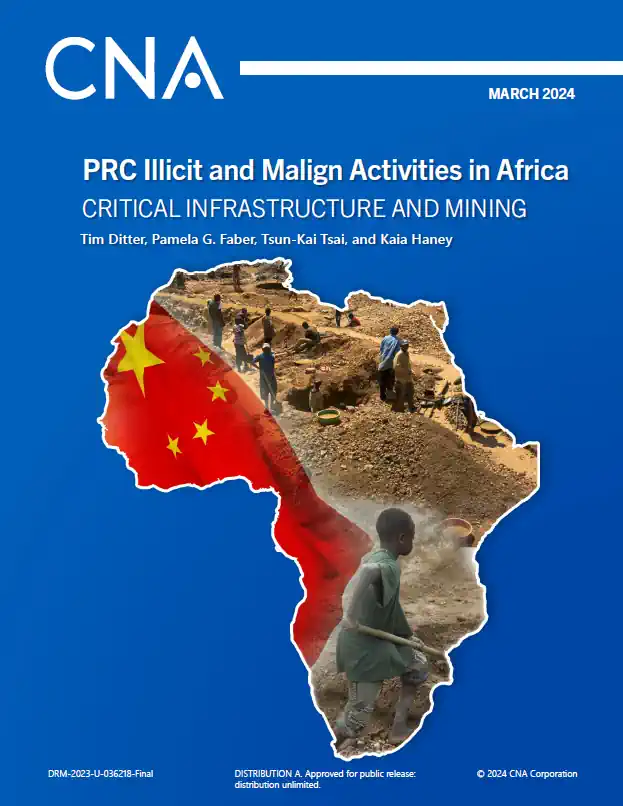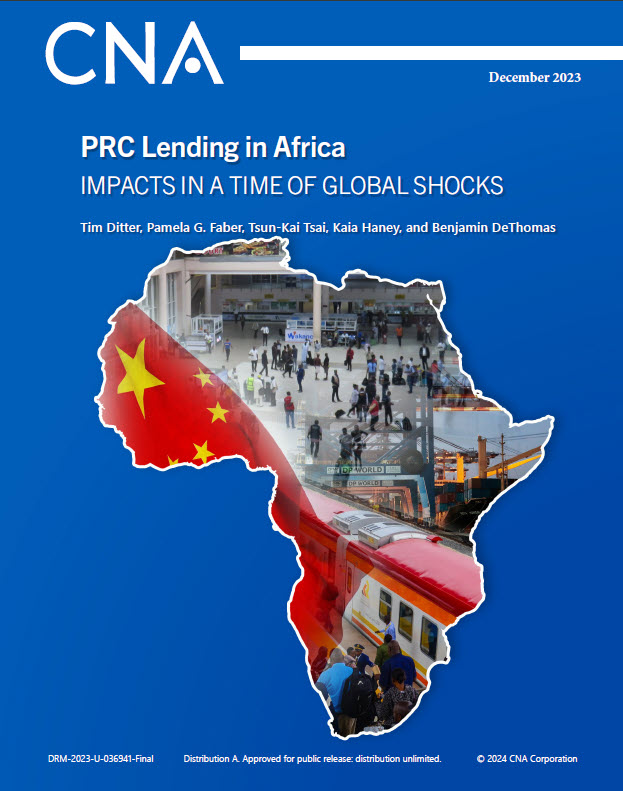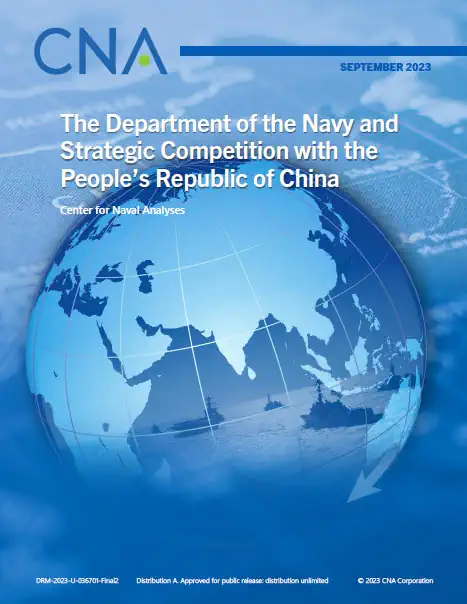Executive Summary
This paper examines writings from 2020 to 2024 produced by subject matter experts (SMEs) in the People’s Liberation Army (PLA) and others in the People’s Republic of China (PRC) defense community discussing the growing use of uncrewed aerial vehicles (UAVs)—commonly called drones—in warfare. It also provides preliminary insights into this community’s views on the use of uncrewed systems (UxS) and drone swarms as the next generation of warfare able to supplement, and even replace, many crewed platforms for combat missions, as well as on the potential employment of drones in an amphibious assault or blockade of Taiwan.
Key findings
A central finding of this paper is that the PLA is researching and developing autonomous drone swarm technology to solve one of the PRC’s most difficult challenges—a potential military invasion of Taiwan—and developing the capability to employ drone swarms in either an amphibious assault or blockade scenario.
- An examination of PRC writings suggests that the PRC is learning from both sides in the Russia-Ukraine war on the use of drones and drone countermeasures and applying these lessons to a PLA-Taiwan military scenario.
- Articles from PLA-produced and technical journals indicate that the PLA is researching, testing, and exercising with drones and drone swarms for a potential Taiwan invasion.
PRC SMEs observe that the world’s militaries are successfully using UxS for combat operations, including drone swarms, which they describe as providing the following advantages:
- Lower casualty rates because fewer soldiers need to deploy to the most dangerous combat operations.
- Lower cost to produce medium and small drones, particularly for intelligence, surveillance, and reconnaissance (ISR) and tactical strike missions.
- Easier training for drone operators.
- Asymmetric advantage to less powerful militaries.
PRC SMEs state that the PRC’s naval forces are faced with the threat of drone swarm technology from the world’s leading militaries and describe a growing need to develop countermeasures to protect against offensive drone swarms and threats to maritime forces. This challenge would be especially acute during a Taiwan invasion.
- The PLA and PRC military research institutes are tracking the progress of the US and other countries’ research on countering UAV swarm warfare, particularly research on directed energy and high-power microwave weapons.
- PRC writings categorize counter–drone swarm warfare into four functions—detection, soft kill, hard destruction, and camouflage—and describe the technologies and tactics needed for each function.
As the PLA develops and advances its own autonomous drone swarm capabilities, the US joint force could be faced with a PLA force keenly aware of both the value and the advantage of drone swarm warfare. Some of the implications for the joint force include the following:
- PLA researchers are closely watching the development of US drone technology and examining US defense publications for identified weaknesses in drone development.
- If the joint force acted to protect Taiwan in an attempted military takeover by the PRC, US and allied forces could face several advanced PLA UxS, including ISR, strike, and autonomous drone swarm platforms, in the Taiwan Strait.
- In a conflict scenario, the PLA could deploy drone swarms from land-, sea-, or air-based platforms for antiship and other naval combat missions, potentially diversifying and extending its current capabilities.
Approved for public release: distribution unlimited.
Details
- Pages: 25
- Document Number: DOP-2024-U-040462-2Rev
- Publication Date: 7/11/2025

